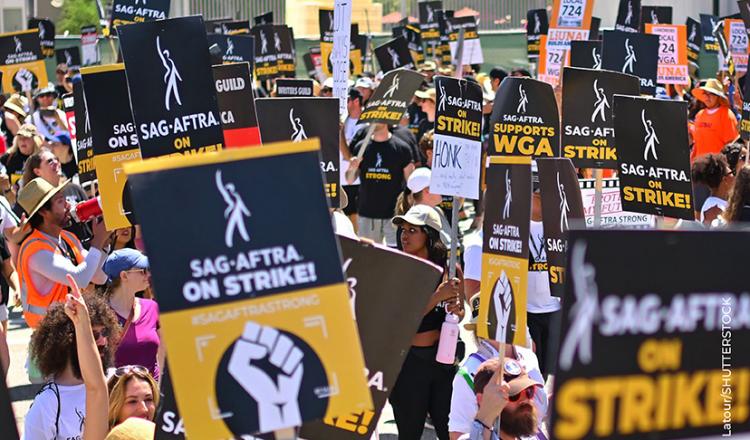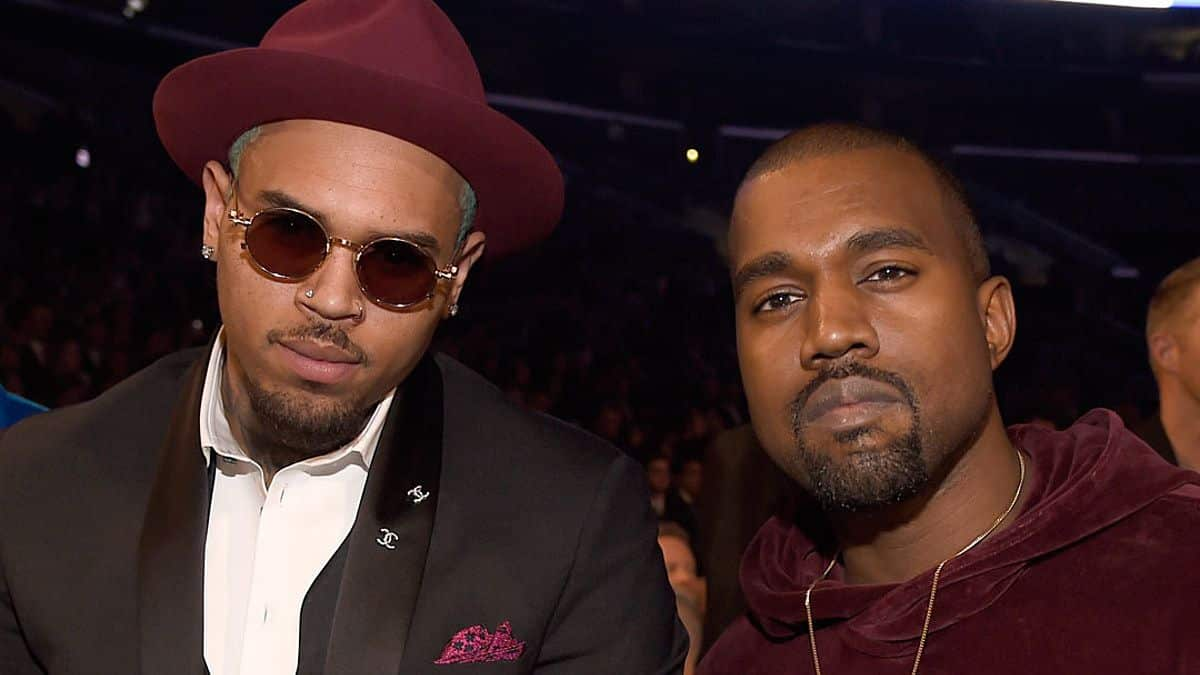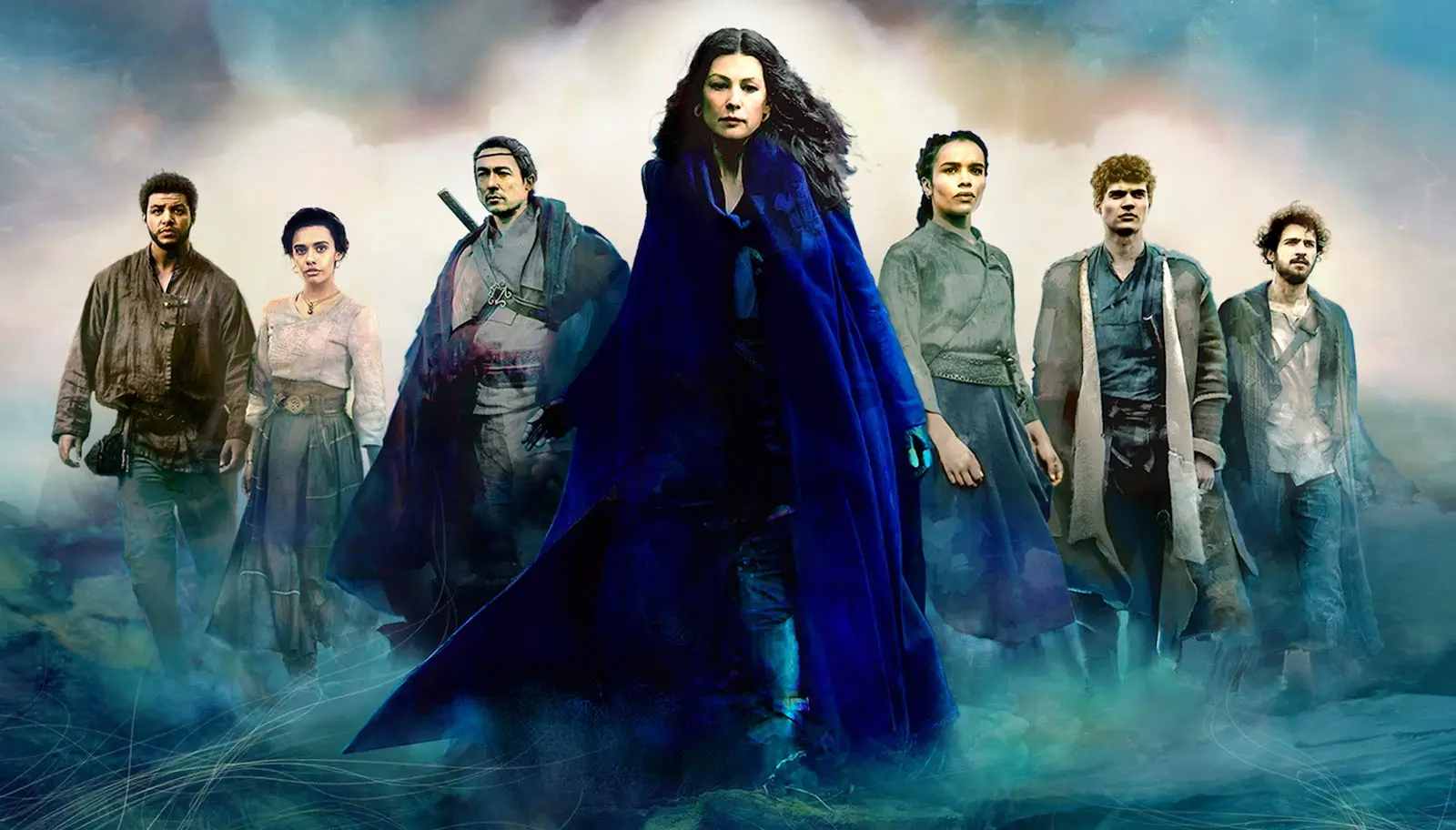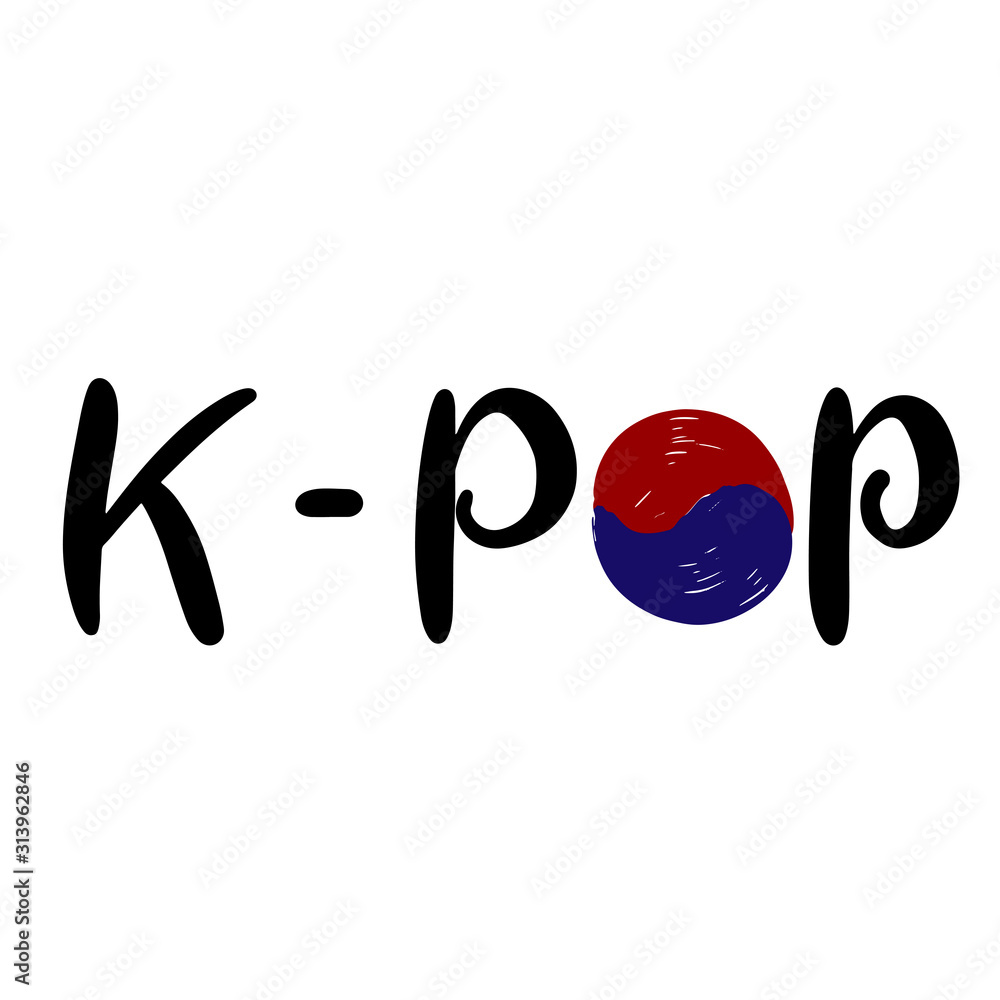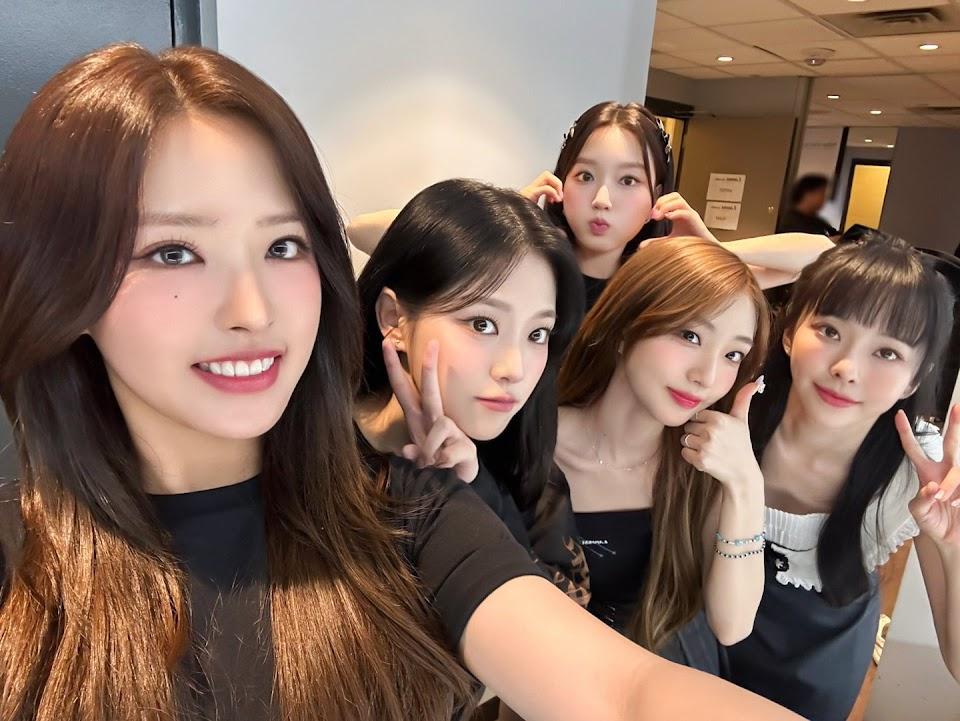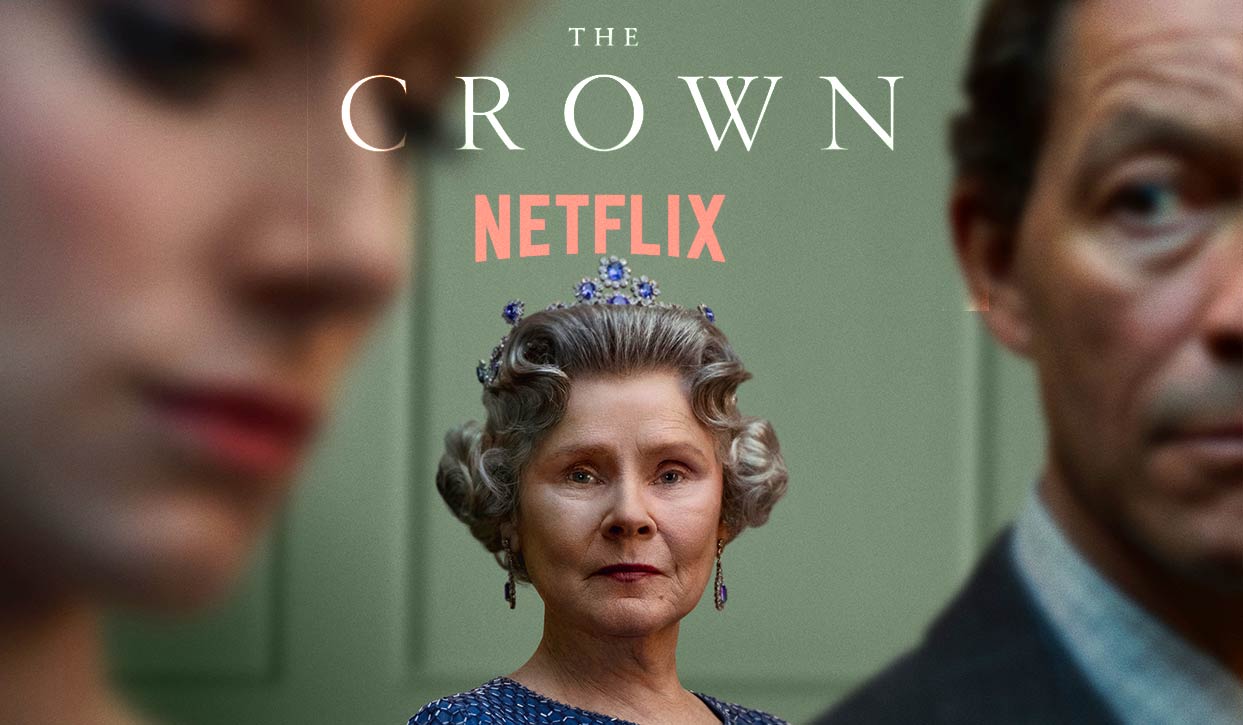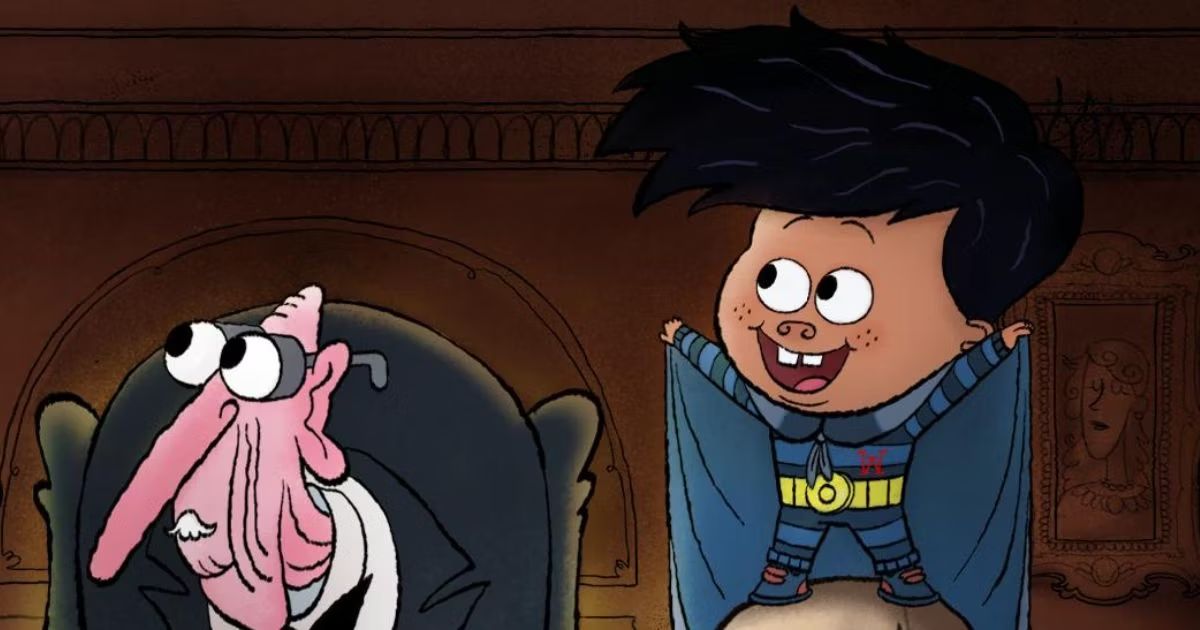5 Major Impacts On The Hollywood Industry Following Workers 146-Day Strike
Hollywood, the epicenter of global entertainment, recently emerged from a historic 146-day writers’ strike that commenced on May 2, 2023. This unprecedented standoff pitted the Writers Guild of America (WGA) against the formidable Alliance of Motion Picture and Television Producers (AMPTP), unleashing significant repercussions that rippled through the entire entertainment industry. In this narrative, we shall plunge into the intricate dimensions of this protracted strike, elucidate the key players involved, and explore the far-reaching consequences arising from its resolution.
The Writers’ Strike Decoded
On that fateful May 2, 2023, the Writers Guild of America (WGA), representing a robust contingent of 11,500 screenwriters, embarked upon a labor strike that etched its place in history as one of Hollywood’s most enduring and influential chapters. This strike bore the weight of longstanding tensions with the formidable Alliance of Motion Picture and Television Producers (AMPTP), custodians of major Hollywood studios.
- Parallel Strikes and Broader Discontent
The reverberations of the writers’ strike extended beyond the picket lines, resonating concurrently with a parallel strike initiated by the assertive 160,000 members of the Screen Actors Guild-American Federation of Television and Radio Artists (SAG-AFTRA). Both unions were galvanized by shared grievances, prominently featuring issues of inequitable remuneration and the burgeoning role of artificial intelligence (AI) in the intricate fabric of content creation.
- Fallout and Economic Ripples
The consequences of the writers’ strike radiated far beyond the sprawling studio lots and the contemplative confines of writers’ rooms. Production pipelines were forcibly constricted, personnel downsized, and, remarkably, a few studios even succumbed to the temporary closure imperative. The prolific era of long-term contracts, carefully woven during the zenith of the streaming boom, stood perilously on the precipice of jeopardy. Studios, equipped with the potent legal weapon of “force majeure” clauses, entertained the possibility of severing production accords with writers, potentially amassing millions in cost savings. Peripheral components of the entertainment ecosystem, such as the artisans of visual effects (VFX) and prop-making studios, were swept up in the tempest unleashed by the strike.
- High-Profile Interventions
The gravity of this extraordinary impasse beckoned the intervention of distinguished personalities. Figures no less significant than Los Angeles Mayor Karen Bass and California Governor Gavin Newsom offered their mediation services, serving as poignant reminders of the escalating seriousness of the crisis. Yet, for months on end, elusive remained the beacon of breakthrough.
- Negotiations and Tentative Resolution
Fast-forwarding to the September 20-24 timeframe, a series of promising negotiations unfurled between the WGA and four illustrious studio CEOs: the formidable triumvirate of Bob Iger (Disney), David Zaslav (Warner Bros Discovery), and Ted Sarandos (Netflix), complemented by the indomitable Donna Langley (Universal Pictures). These exchanges yielded the announcement of a tentative agreement on September 24, with the promise of finally drawing the curtains on this protracted labor strife, albeit with the full magnitude of its impact yet veiled in the shadows.
- A Closer Examination of Key Issues
At the epicenter of the writers’ strike, the pivotal issue emerged in the form of residuals stemming from the realm of streaming media. The WGA ardently contended that the AMPTP’s diminishing share of these residuals had significantly eroded writers’ earnings, casting them in the shadows of their counterparts from a bygone era. Simultaneously, the specter of AI’s expanding role in content origination loomed ominously. Writers vehemently strove to ensure that AI functioned as a facilitating tool for research or a catalyst for script ideation, resolutely averting its encroachment as a substitute for human creativity.
I. The Crucial Minimum Basic Agreement (MBA)
The Minimum Basic Agreement (MBA), a cornerstone of the strike’s deliberations, assumed a central role. The MBA, conceived in the crucible of the year 2020, aptly embraced the lion’s share of the work performed by WGA writers, dutifully setting forth a minimum wage structure for their counterparts laboring in the realm of television and film. Alas, the soothing balm of this agreement did not extend its embrace to streaming television, ultimately sowing the seeds of pay disparities. These disparities, irksome to the core, stoked the fiery discontent that inevitably fueled the cauldron of the strike.
II. Negotiating for Augmented Conditions
The indomitable spirit of the WGA was inexorably fixated on elevating the working conditions of its members. The eclectic bouquet of proposals adorned the negotiating table with the audacious concept of “mandatory staffing” and the bedrock of “duration of employment,” both tactically contrived to ensure that television shows were furnished with an indomitable assembly of writers for predetermined periods, irrespective of immediate necessity. Meanwhile, an equally significant proposal sought to entrench individual pension and healthcare funds for each constituent of a writing team, an entreaty firmly rebuffed by the AMPTP.
III. A Series of Strike Activity
The trajectory of the strike was punctuated by an array of activities and developments that captured the essence of a resolute struggle. As April 18, 2023, dawned, a resounding mandate emanated from 97.85% of WGA members who voted in favor of the strike, should a satisfactory agreement remain elusive by May 1. Picket lines, symbolic of resolute resistance, unfurled across the expanse of numerous studios. Eminent figures, including the luminaries JJ Abrams, Greg Berlanti, and Shonda Rhimes, gallantly pledged substantial financial support to the Entertainment Community Fund, offering a lifeline to struggling writers navigating the tumultuous seas of financial hardship.
Conclusion: The Odyssey to Resolution
The Hollywood writers’ strike of 2023 has undoubtedly left an indelible mark on the entertainment industry. The labyrinthine journey of negotiations between the WGA and the AMPTP traced an oscillating trajectory. An intricate dance unfolded, characterized by meetings, unexpected cancellations, and the discordant chorus of conflicting statements from both warring sides. As the industry moves forward, the resolution of this strike promises to reshape Hollywood in ways that will continue to unfold in the coming months and years.
